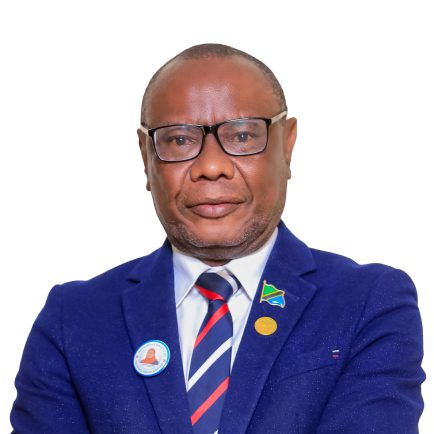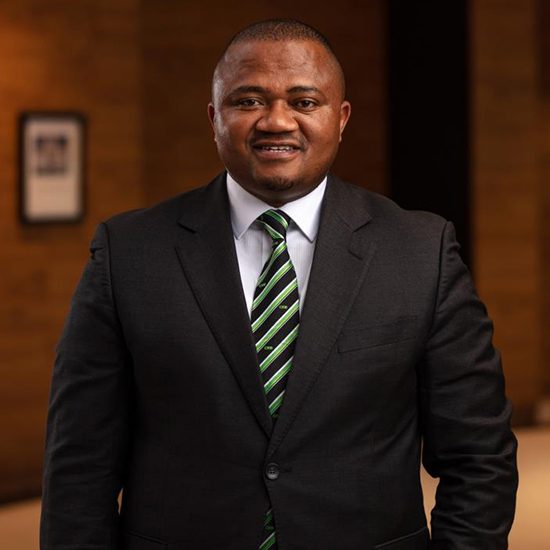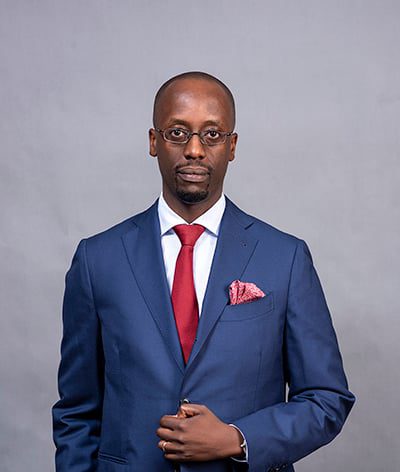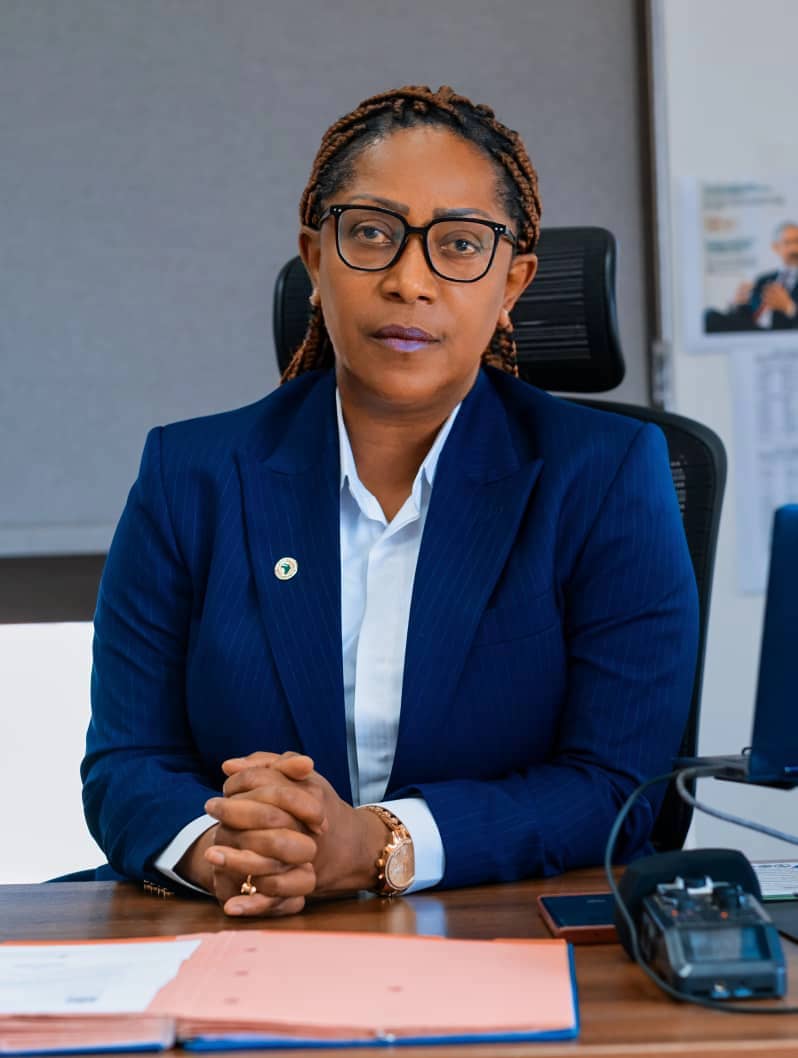
Monday, 3rd February 2025



Inspired by this article
Comparisons between today’s athletes and past legends have long fueled debate. But whether it’s sprinting, tennis, or basketball, one truth is undeniable—modern athletes are stronger, faster, and better equipped than their predecessors. Advancements in sports science, nutrition, recovery techniques, and strategy have propelled them to levels of performance once thought impossible.
This same transformation is taking place in business leadership. The role of a CEO today is exponentially more demanding than it was even a decade ago. Leaders must navigate economic uncertainty, rapid technological disruption, geopolitical risks, and heightened stakeholder expectations—all while making split-second decisions that could define their company’s future. Like elite athletes, the best CEOs have evolved to manage these pressures by refining their routines, optimizing performance, and mastering resilience.
LeBron James has remained at the top of his game for over two decades, not just because of his natural talent but because of his meticulous approach to time management. His schedule—carefully planned down to the minute—includes structured training, recovery sessions, and disciplined sleep routines. He reportedly invests over a million dollars annually into maintaining his physical and mental peak.
Great CEOs operate with the same precision. One global tech CEO described his approach as “maximizing impact per minute.” Instead of drowning in back-to-back meetings, effective leaders structure their schedules strategically, ensuring peak energy is dedicated to high-stakes decisions. Former Caterpillar CEO Jim Owens emphasized focusing on the critical issues that only the CEO can solve, delegating everything else. Some CEOs go as far as blocking 20% of their calendars for reflection, ensuring they don’t get lost in operational noise and can focus on the bigger picture.
More importantly, successful leaders recognize that performance isn’t about working harder—it’s about working smarter. Roger Federer, despite winning nearly 80% of his matches, only won 54% of his total points played. His success came not from dominating every rally, but from winning the crucial moments that mattered most. CEOs must adopt the same mentality, identifying the moments when their intervention can truly make a difference.
The misconception that elite athletes train relentlessly without rest has been debunked. Recovery is as critical as training, with top performers integrating sleep, nutrition, and mental wellness into their regimen. Cristiano Ronaldo follows a highly structured diet, while Novak Djokovic credits mindfulness techniques for his mental endurance.
The best CEOs understand that sustainable leadership requires the same balance. Burnout is the silent killer of executive performance, and those who neglect recovery often make poorer decisions in the long run. JPMorgan Chase CEO Jamie Dimon highlighted the importance of taking time to reset: “People need to know that even when you make mistakes, you’re willing to admit them and take corrective action.”
Recovery in leadership doesn’t just mean rest—it means strategic energy management. CEOs who work in cycles, balancing high-intensity performance with deliberate recovery, outperform those who attempt to operate at full speed indefinitely. Without a structured approach to recovery, even the most talented leaders will hit their breaking point.
Athletes who remain dominant for years don’t just rely on raw talent; they continuously evolve. Golf star Bryson DeChambeau restructured his entire training and diet to increase his driving distance, disrupting the game and forcing competitors to adjust. Manny Pacquiao, once reliant on his powerful left hand, reinvented his boxing style to become one of the most adaptable fighters in history.
Similarly, the best CEOs never consider themselves the smartest person in the room. Microsoft CEO Satya Nadella captured this mindset perfectly when he said, “The learn-it-all does better than the know-it-all.” High-performing leaders actively seek out new insights, engage with younger employees, and absorb knowledge from industries outside their own. They recognize that complacency is the enemy of progress, and that the only way to maintain an edge is to constantly refine their playbook.
Simone Biles, one of the greatest gymnasts of all time, faced an unprecedented mental block at the 2021 Olympics. Rather than pushing through and risking serious injury, she withdrew, focused on recovery, and returned stronger than ever in 2024 to reclaim her dominance. Her story highlights a crucial lesson—knowing when to step back is often just as important as knowing when to push forward.
Business leaders face their own moments of crisis, from market downturns to internal turmoil. A thick skin is a necessity, but resilience isn’t about ignoring setbacks—it’s about learning from them. Nvidia CEO Jensen Huang described resilience as a core leadership trait, saying, “People with very high expectations have very low resilience, and, unfortunately, resilience matters in success.” The best CEOs acknowledge failures, adapt, and come back stronger.


